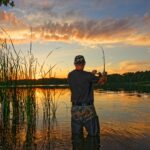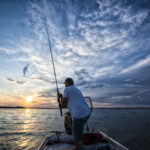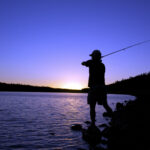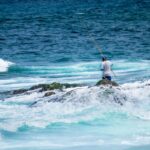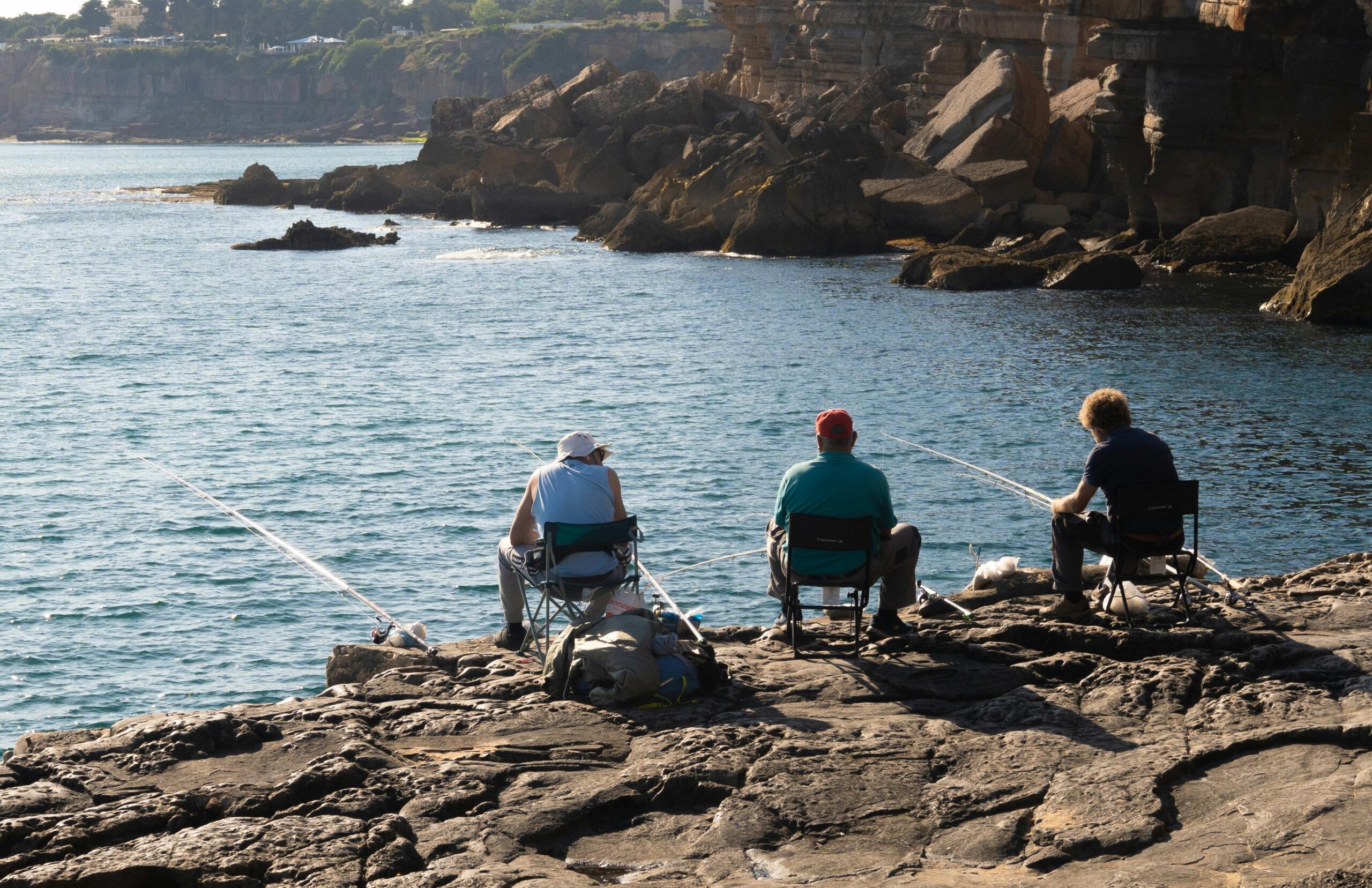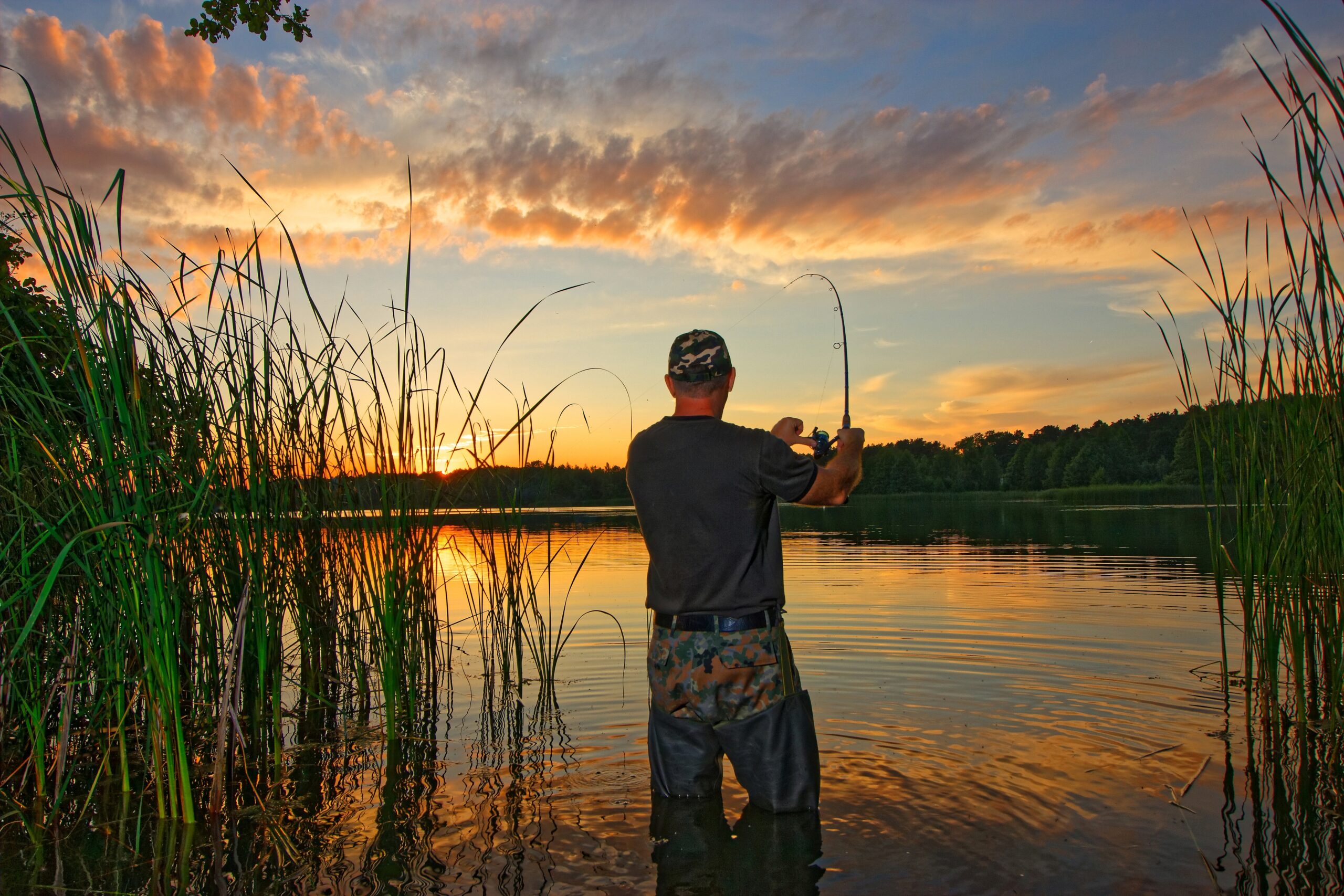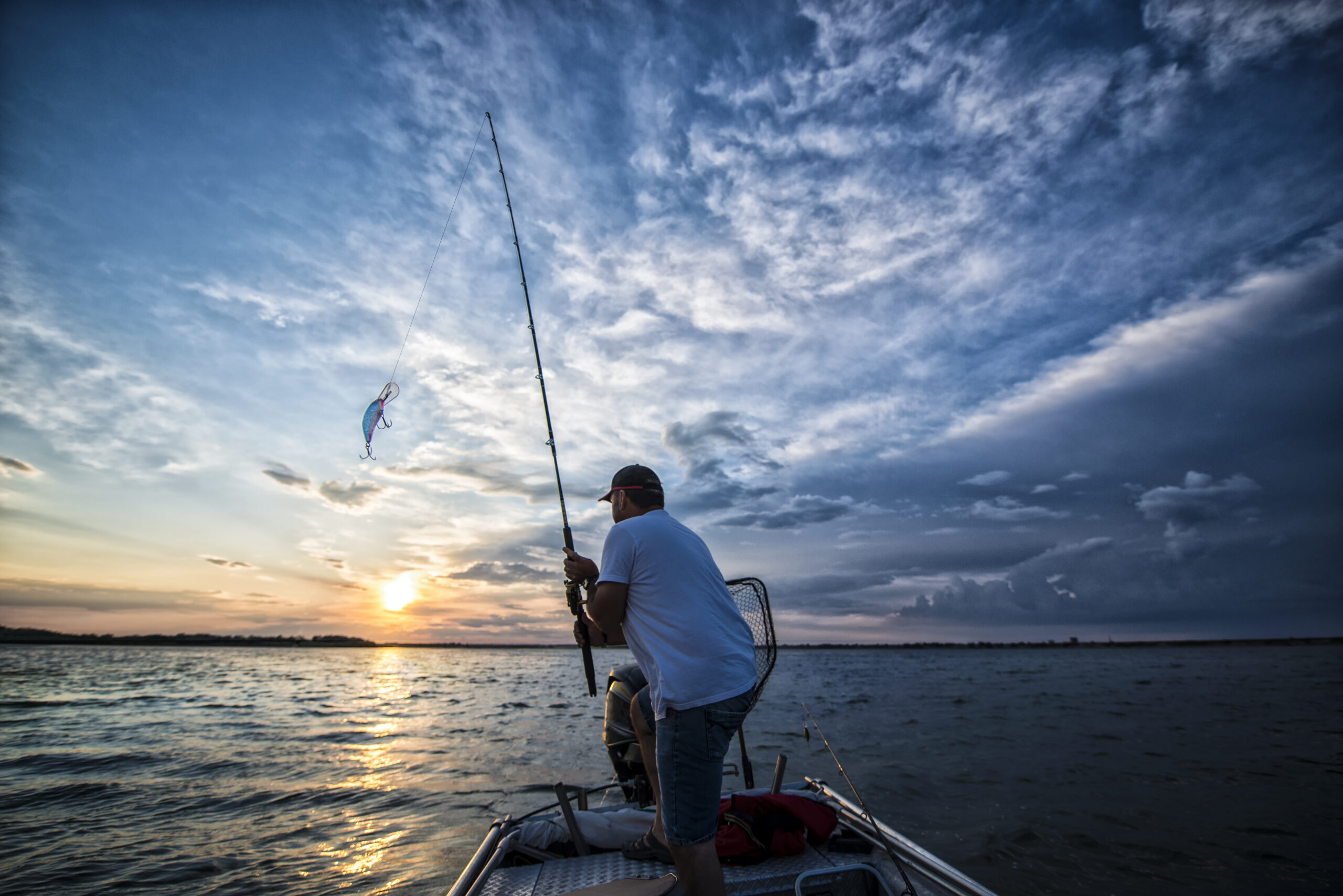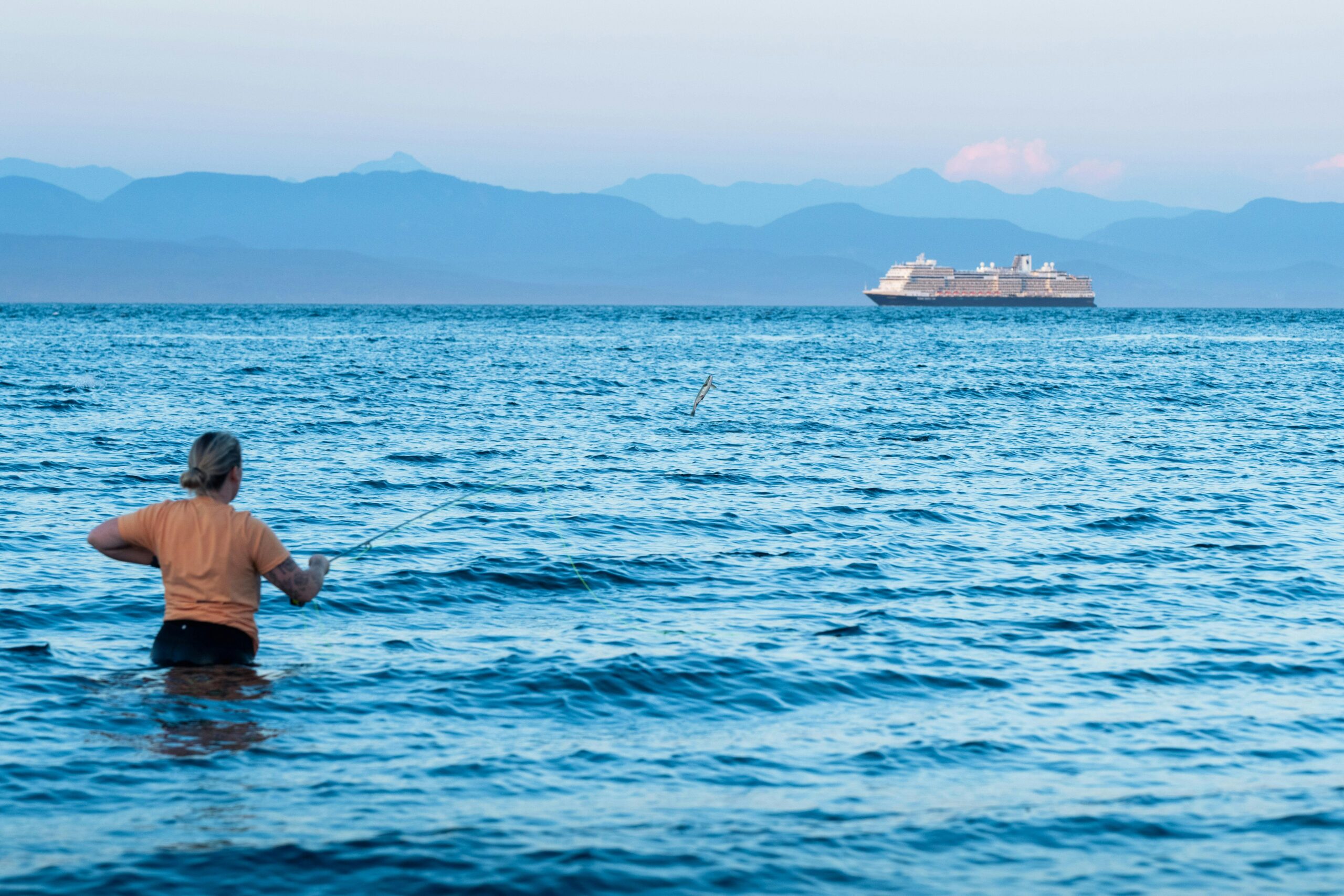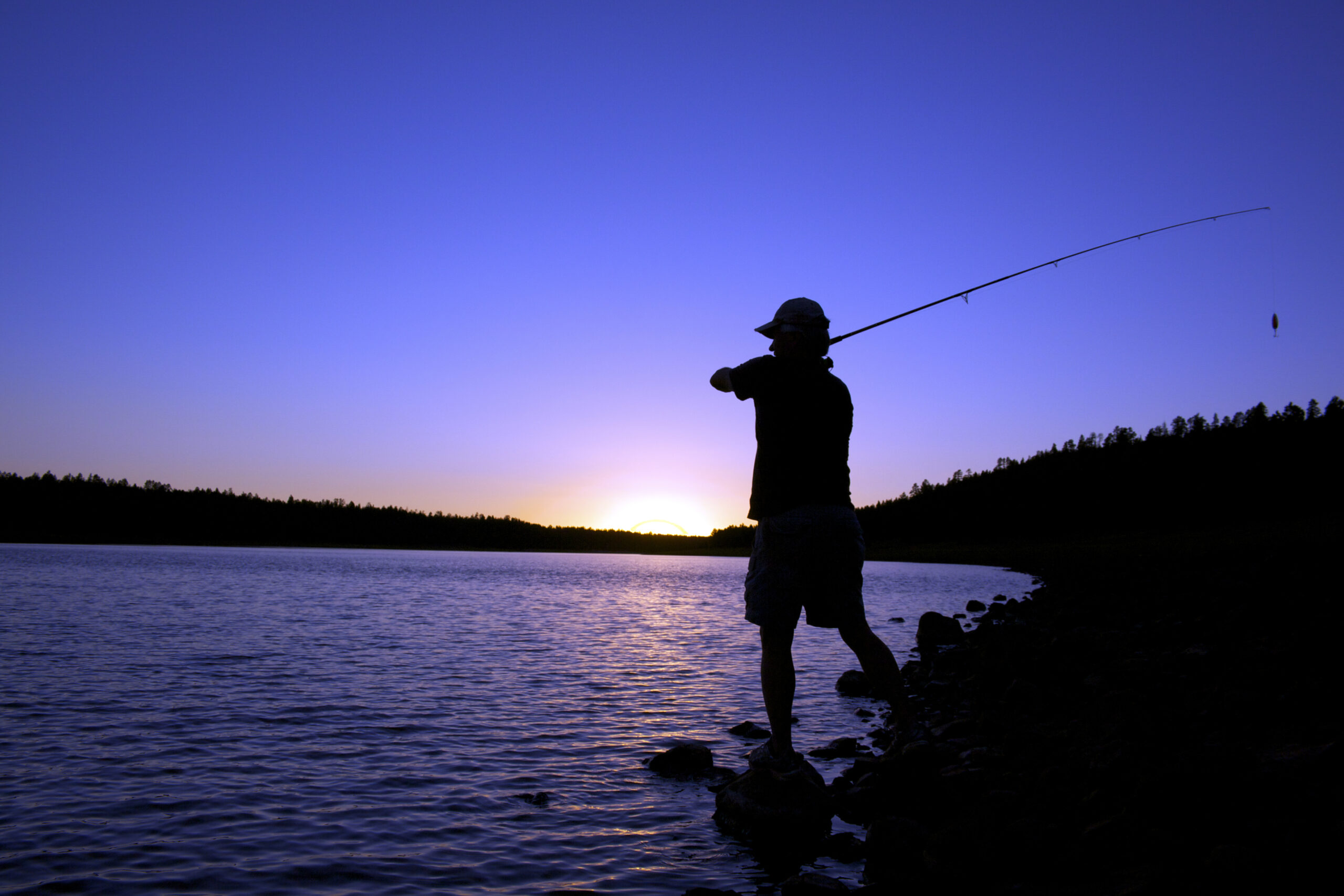Fishing, a pastime cherished by millions of people worldwide, offers a unique blend of challenge and relaxation. Whether you’re a seasoned angler or a beginner with a passion for the water, there’s always something new to learn about fishing. In this comprehensive guide, we will share expert tips, tricks, and techniques to help you become a more successful angler—while ensuring you enjoy every moment spent on the water.
Let’s dive in and explore the ultimate fishing strategies that can make all the difference!
1. Choosing the Right Fishing Gear: Setting Yourself Up for Success
The first step in every fishing adventure is selecting the right gear. Without the proper tools, even the most expert techniques will fall short. Here’s what you need to consider:
Fishing Rod & Reel Combo
The rod and reel are the foundation of your fishing setup, and the right choice depends on your fishing style, target species, and environment.
- Spinning Rods: Ideal for beginners and intermediate anglers. Spinning rods are versatile, easy to cast, and effective for most freshwater fishing, whether you’re targeting bass, trout, or panfish.
- Baitcasting Rods: Preferred by experienced anglers who target larger fish species like pike, walleye, or saltwater game. Baitcasting rods offer more control, precision, and casting distance.
- Fly Rods: Perfect for fly fishing enthusiasts, these rods are lightweight and designed for delicate, long-distance casting with flies to catch species like trout, salmon, or bass in clear waters.
Fishing Line: Choosing the Right Strength and Material
The fishing line is your lifeline—its strength, material, and stretch factor can determine whether you land your catch or lose it at the last second.
- Monofilament Line: This type of line is perfect for general-purpose fishing, offering stretch and flexibility. It works well for bass, trout, and other freshwater species.
- Braided Line: Known for its incredible strength and thin profile, braided line is ideal for fishing in heavy cover or targeting larger fish. It’s also incredibly durable for saltwater fishing.
- Fluorocarbon Line: This line is nearly invisible underwater and resistant to abrasion, making it an excellent choice when fishing in clear waters or when you need extra stealth to fool wary fish.
Hooks & Lures: Matching Your Bait to Your Target Fish
Choosing the right hook and lure is crucial to your success. Different fish species respond better to specific types of bait, and using the wrong one can cost you that big catch.
- Hooks: From tiny hooks for panfish to large hooks for game fish like salmon or muskie, the size of your hook should correspond to the size of the fish you’re targeting. A good rule of thumb is to choose a hook size that fits the mouth of your target fish.
- Lures: There are countless types of lures, from soft plastics and crankbaits to jigs and spinners. Match your lure to the type of fish you’re targeting. For example, soft plastic worms are great for bass, while minnows or crankbaits work well for pike and walleye.
2. Mastering Fishing Techniques: The Key to Hooking Your Catch
Understanding fishing techniques is essential to increasing your chances of success. Here’s a rundown of the most popular methods you’ll encounter on your fishing journey:
Casting: Perfecting Your Technique
Casting is the most fundamental fishing technique. It’s all about accuracy and distance. Here’s how to cast like a pro:
- Grip: Hold the rod firmly but not too tightly. Your hand should rest comfortably on the handle, with your index finger guiding the line on the spool.
- Casting Motion: With the rod tip pointing toward your target, use a smooth back-and-forth motion. When you swing the rod forward, release the line just before the rod reaches its peak. A controlled cast will prevent tangles and get your lure where you want it.
- Practice: Accuracy matters—especially when casting to specific spots, like around structures, weed beds, or under overhanging trees.
Fly Fishing: Precision and Patience
Fly fishing is a skill that requires both precision and patience. It’s all about replicating the delicate movement of insects on the water’s surface. Follow these tips for a successful fly fishing experience:
- Fly Selection: Choose flies that resemble the natural food source of the fish you’re targeting. This could be dry flies (floating on the surface) or nymphs (submerged beneath the water).
- Casting Technique: Use the “roll cast” to get your fly into the water without disturbing it too much. With enough practice, you’ll learn to make long, accurate casts to drift your fly naturally.
- Patience: Fly fishing requires patience—allow your fly to drift with the current, mimicking the natural flow of food in the water. Wait for the fish to bite.
Trolling: For Serious Anglers
Trolling is a popular method for anglers targeting deep-water species. It involves slowly dragging a lure or bait behind a moving boat to attract fish. Here’s how to do it right:
- Speed & Depth: Vary the speed of your trolling and adjust the depth of your lure to match the fish’s preferred feeding zone. Typically, fish in deep water like walleye or lake trout prefer slower speeds, while more aggressive fish like king salmon may go after faster-moving lures.
- Monitor Your Gear: Keep an eye on your reel and line to ensure you’re running at the right depth and the lures are performing correctly.
3. Spotting the Perfect Fishing Locations: Where to Cast Your Line
Fishing success depends heavily on your location. Understanding fish habitats and behaviors is essential for finding the best spots to fish.
Freshwater Fishing Spots
- Lakes and Ponds: Look for areas with drop-offs, submerged structures like rocks, fallen trees, or underwater vegetation. Bass, pike, and catfish often hang around these areas.
- Rivers and Streams: Look for pools, riffles, and eddies where fish tend to hide. Fish are often found near current breaks or behind large rocks where they can ambush prey.
- Reservoirs: These man-made lakes can be a treasure trove of fish. Try fishing near shallow coves in the spring when fish come in to spawn.
Saltwater Fishing Spots
- Beaches and Jetties: Fishing from the shore can yield great results, especially for species like redfish, striped bass, and flounder. Use a surf rod to cast long distances from the shore.
- Estuaries and Mangroves: These areas are rich in nutrients and provide shelter for many saltwater species. Look for these zones when fishing for tarpon, snook, or even shark.
- Offshore Fishing: For deep-sea species like tuna, marlin, or mahi-mahi, you’ll need a boat to get offshore. Make sure to know the water depths and currents to increase your chances of finding large game fish.
4. Fishing Etiquette: Respect for Nature and Fellow Anglers
Good fishing isn’t just about catching fish; it’s about respecting nature and the environment. Practice these fishing etiquette tips:
- Catch and Release: If you’re not keeping the fish for dinner, handle them gently and return them to the water quickly to ensure their survival.
- Follow Local Regulations: Respect fishing seasons, size limits, and bag limits. These rules are in place to protect fish populations and ensure sustainability.
- Leave No Trace: Clean up after yourself, and always dispose of your trash properly. Take care of the environment, and it will continue to provide great fishing opportunities.
5. Tips for First-Timers: How to Get Started
If you’re new to fishing, the learning curve may seem steep. But don’t worry! Here’s how to get started on the right foot:
- Start Simple: Begin with a spinning rod and reel combo, which is easy to use and versatile. Target species like bluegill or trout in local ponds or rivers.
- Take a Lesson: Many local tackle shops offer beginner fishing classes, or you can hire a guide to show you the ropes.
- Observe and Learn: Pay attention to more experienced anglers. Watch how they cast, set their hooks, and retrieve their lines. There’s always something new to learn.
- Enjoy the Process: Fishing is about more than just catching fish—it’s about enjoying the time spent outdoors. Don’t rush; appreciate the experience and the beautiful surroundings.
Conclusion
Fishing is an incredibly rewarding activity that combines skill, patience, and a love for the outdoors. With the right gear, techniques, and mindset, you can enhance your fishing experience and become a more successful angler. Whether you’re casting from the shore or trolling for giant fish, the key is to keep learning, stay patient, and enjoy every moment on the water. So grab your gear, head out to your favorite spot, and make your next fishing adventure a memorable one!
Happy fishing! 🎣

